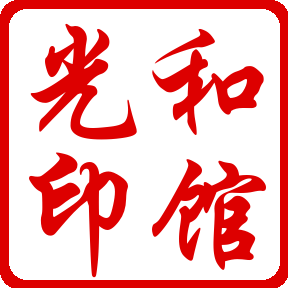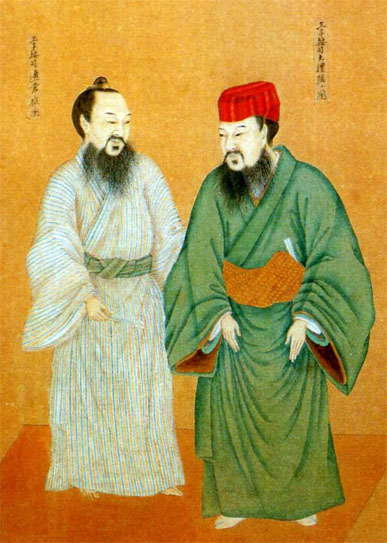My friend Joe Swift has talked in-depth about the principles for analyzing the techniques found in classical Karate-do kata. He stresses the importance of understanding the historical context in which kata were developed, including the clothing that people wore. I would like expand on that idea, specifically in the role of clothing and it may have influenced the development of kata. It was during the course of researching the history and the culture of Okinawa and the old Ryukyu Kingdom for my book about Kyoda Juhatsu, I came across an interesting fact (at least to me) with respect to the importance of clothing, accessories and hair styles.
The old Ryukyu Kingdom had adopted a Confucian model to organize society that strictly enforced laws that segregated people into: commoners (heimin 平民) and noblemen (shizoku 士族). These laws determined people’s lives in virtually all domains: work, housing and of course clothing. Commoners, for example, were forbidden to wear silk, carry umbrellas or even wear shoes. Whereas noblemen were expected to not undertake the work of commoners such as farming or working as a craftsman.


In the photo and the illustration you can see that the noblemen have quite a sense of fashion in their wardrobe. They’re wearing full robes, with long wide sleeves, as well as wearing sandals and holding umbrellas and pipes, and have their hair gathered together in a top knot held together by a hair pin. We know that in the Shorin-ryu / Shuri-te style of Karate, most of the historical figures associated with that tradition were from the noble class (1). Hence the kata they practiced would most likely take into account the type of clothing they typically wore.
Some authors have written about how the hairpin could be easily pulled from the hair, grasped and used as a fist loaded weapon. The most cited example of this technique is found in Yara no Kusanku, but other kata techniques could easily use the same method without having the obvious gesture of grasping the hairpin.
With respect to clothing, the long, wide sleeves for example, would likely be grabbed during a scuffle with an assailant as they would be easy to hold onto and would allow you to control the person. Also, sometimes valuables were kept in them. Think of them as big pockets. Perhaps this why you see so many jujutsu-like hand release techniques and counters in older Karate-do kata around the Meiji era.
The clothing may also explain why we do not see any elaborate kicking techniques in Okinawa Karate-do compared to Chinese Martial Arts; especially the northern styles. In comparison the techniques found in Karate-do are quite plain. It’s also worth mentioning that perhaps one reason they didn’t do elaborate kicks was not only because of the clothing they wore, but also the lack of clothing – the noblemen eschewed wearing underwear! I suppose they wanted to appear dignified, even in a fight.
These are just a few thoughts, but I am sure the reader can come up with many more ideas about how the clothing and fashion of the Ryukyu Kingdom impacted the types of applications found in the kata that have been handed down to us today.
(1) For a good breakdown of the different classes of nobles and their attire, see this blog entry.


Leave a comment